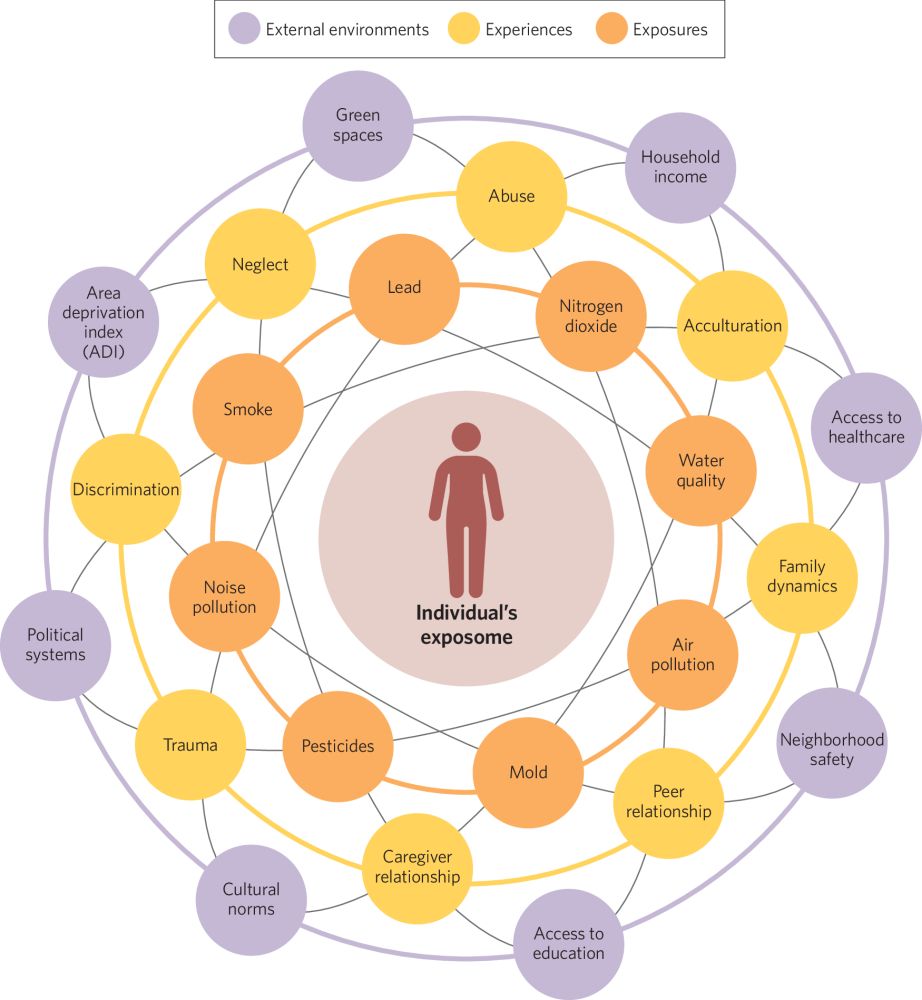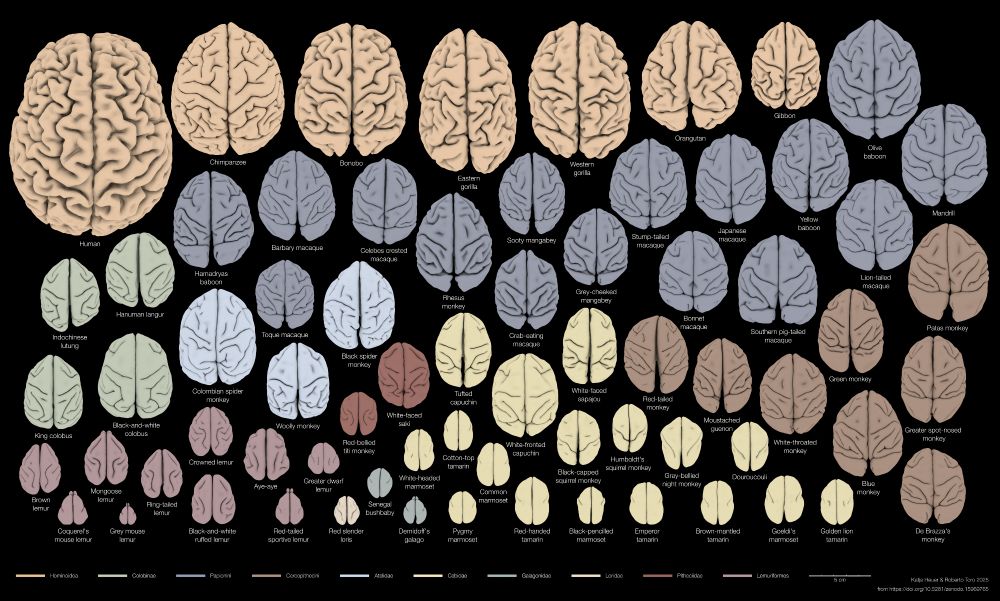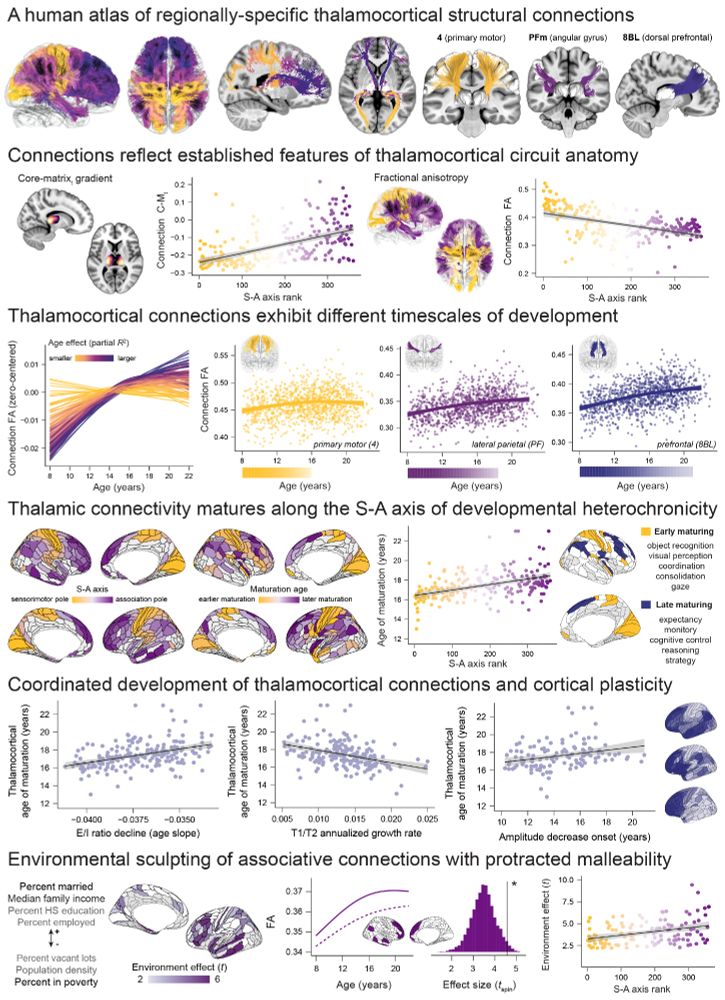amar ojha
@amarojha.bsky.social
540 followers
420 following
31 posts
neuroscience PhD candidate at Pitt interested in the development of cognitive and affective control, typically + transdiagnostically
Posts
Media
Videos
Starter Packs
Reposted by amar ojha
Reposted by amar ojha





